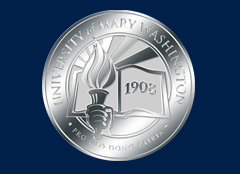Title
The Economics of Adoption of Children from Foster Care
Document Type
Report
Digital Object Identifier (DOI)
10.17606/3rey-c345
Publication Date
9-2005
Abstract
Federal initiatives since 1996 have intensified the efforts of states to achieve adoption for children in foster care with the case goal of adoption. For many waiting children, the path to adoption is long. We offer an economic analysis of adoption from foster care, with an emphasis on the reasons why it may be so difficult to achieve the goal of adoption for all waiting children. We then estimate the determinants of adoptions from foster care across the states using data for fiscal years 1996 and 1997. Adoption assistance subsidy rates stand out as the most important determinant of adoptions from foster care, followed by utilization of alternatives such as intercountry adoption. Adoptive matching on the basis of race does not appear to prevent adoptions from foster care in the aggregate, leaving flaws in the matching process (such as a lack of information and difficulty utilizing the ICPC) as a primary reason why children wait.
Publisher Statement
Copyright © 2005 by Mary Eschelbach Hansen and Bradley A. Hansen. All rights reserved. Readers may make verbatim copies of this document for non-commercial purposes by any means, provided that this copyright notice appears on all such copies.
Recommended Citation
Eschelbach Hansen, Mary, and Bradley A. Hansen. 2005. “The Economics of Adoption of Children from Foster Care.” 2005–10. Department of Economics Working Paper Series. Washington D.C.: American University. https://doi.org/10.17606/3rey-c345.


Comments
This document is part of the working paper series from the Department of Economics at American University. It is openly available on the web.